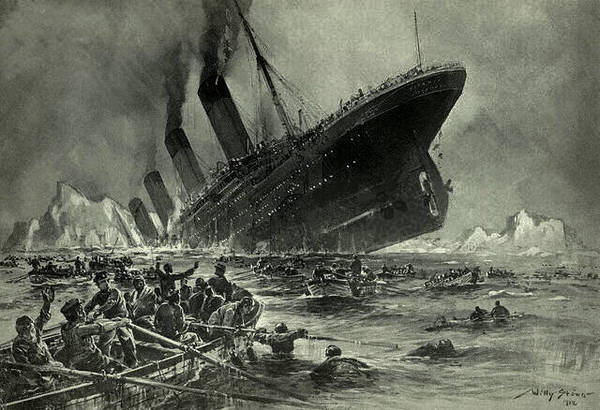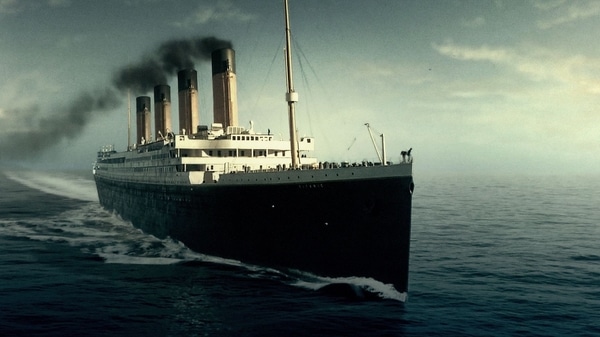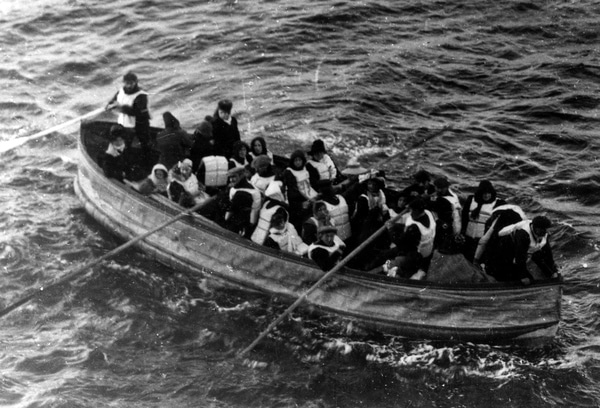Advertisements
5. Really, It’s a Seagoing Zeppelin, not a ship.

courtesy of: pinterest.com
The Titanic might not be considered a ship by some people. Instead, the ship could be seen as one gigantic, seagoing zeppelin. The Titanic generated some serious stats. For each of the days of her short maiden voyage, the ship burned a staggering 600 tonnes of coal, leaving one massive carbon footprint in her wake. A team of 176 men has to shovel enough coal into the Titanic’s furnaces to keep the ship steaming across the Atlantic. The furnaces produced 100 tonnes of ash were each day that was dumped in the sea.
6. One Time When Being Drunk Might Have Saved Your Life

courtesy of: en.wikipedia.org
The water temperatures in the Atlantic are freezing, made worse by the presence of floating icebergs. Nobody survived the sinking of the Titanic for long after they hit the water. The chief baker on-board however, survived the freezing temperatures because he had drunk excessively before the collision. The alcohol in his body fortified his organs so well that he survived for two hours until his rescue.
7. Not Everything Is As It Appears

courtesy of: nag.co.za
While at first glance the Titanic appears to have four funnels, only the first three worked. The funnel was added to the ship’s superstructure to give the Titanic balanced and symmetrical look. The Titanic looked more powerful too, proving the fourth funnel was aesthetic, not functional.
8. One Reason Fewer People Should Have Died That Night

courtesy of: en.wikipedia.org
A major oversight on that fateful night was the misdirection in the use of available lifeboats. Most of the ship’s lifeboats were lowered into the sea in the blind panic on-board the ship. This was a wasted opportunity to save lives. Crewmen did not fill any one boat to its full capacity.
The crew ineffectively managed the loading of all lifeboats. Of the twenty lifeboats available for use that night, the crew managed to lower only 18 into the water. Even these were only filled with half the number of people they were built for. Delays in the launching of the boats meant more people lost their lives. In the end was not enough time to launch all boats at capacity before the Titanic slipped into her watery grave.
Initial plans for the Titanic included 32 life boats. In a moment of stupidity, authorities removed twelve boats from the original plan. They thought the boats would clutter the deck would too much! Authorities stipulated fewer boats than were needed that night. At best their estimations would have saved a maximum of 1178 of the 2,200 passengers and crew on-board that night. The ship needed double the number of lifeboats it actually had.
Titanic’s legacy to international maritime laws was significant. Shipping companies now had to provide enough lifeboats for everyone on-board. The number of boats is defined by passenger numbers, and no longer the ship’s tonnage. Today builders place enough lifeboats to carry all crew and passengers aboard every ship.
